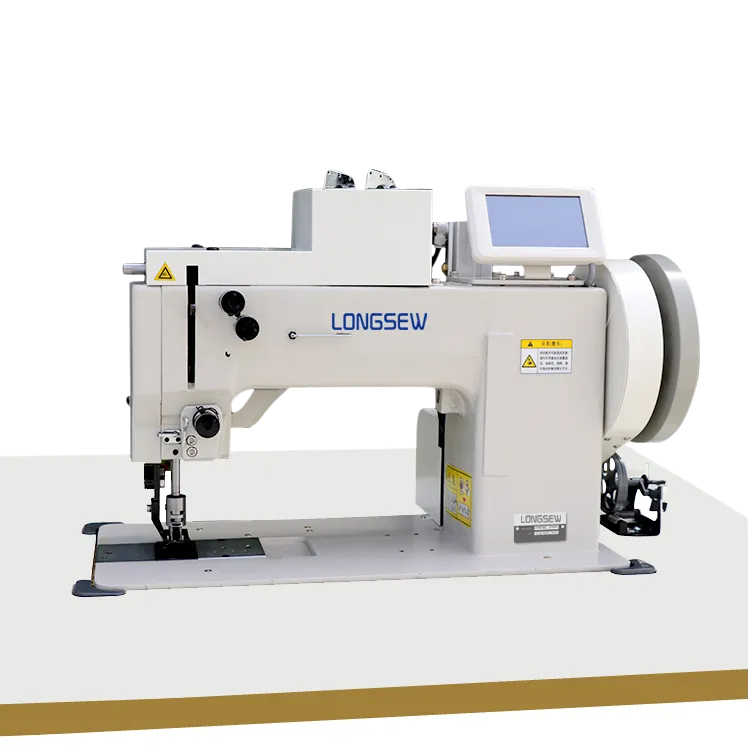sail making machine
The Evolution of Sail Making Machines A Dive into Innovation
Sail making has been an integral part of maritime history, facilitating exploration, trade, and naval warfare for centuries. Traditionally, the craft required a blend of skilled labor and craftsmanship, with artisans meticulously hand-sewing sails from heavy fabric. However, as technology advanced, so did the methods of sail production, leading to the development of sail making machines that revolutionized the industry.
Historical Context
The journey of sail making machines began in the early 19th century. Before that time, sails were created using simple tools like needles and threads. Artisans relied on their experience and skill to create sail designs that varied in size and complexity. The invention of the sewing machine in the mid-1800s was a turning point for many industries, including sail making. Though initially designed for fabric, sewing machines quickly found their way into sail shops, drastically reducing production time and increasing precision.
The Birth of Specialized Sail Making Machines
As the demand for sails grew with the expansion of global trade and exploration, specialized machines began to emerge. By the late 19th and early 20th centuries, manufacturers created machines specifically designed for sewing the thick, heavy materials used in sail making. These machines were capable of stitching multiple layers of fabric together, allowing for the creation of larger and more durable sails.
One of the notable innovations was the introduction of the walking foot sewing machine, which improved the ability to handle bulky materials. This machine features a set of walking feet that move the fabric through the machine evenly, preventing it from slipping, which can lead to misaligned stitches. This was crucial for producing sails that required precise dimensions and structural integrity, as any error could affect performance at sea.
Advancements in Technology
As the 20th century progressed, the fishing and yachting industries underwent significant transformations, prompting further innovations in sail making machinery. The advent of computer technology and digital design software ushered in a new era for sail makers. Computerized cutting machines became essential for accurately cutting fabric according to predetermined patterns, thus reducing waste and improving efficiency.
sail making machine

Moreover, advancements in materials science led to the introduction of synthetic fabrics, such as Dacron and Mylar, which have become commonplace in modern sail production. These materials offer superior strength-to-weight ratios compared to traditional cotton or linen sails, making them more suitable for competitive sailing and harsh marine environments. Consequently, sail making machines were also adapted to accommodate these new materials, requiring specialized threading, stitching, and finishing techniques.
The Role of Automation
In recent years, automation has significantly influenced the sail making industry. Robotic systems and automated cutting machines are increasingly taking over routine tasks, allowing skilled workers to focus on more complex and creative design aspects. This shift not only increases productivity but also enhances the quality of the final product, as machines can perform tasks with precision beyond human capability.
Some manufacturers now employ CNC (Computer Numerical Control) technology in their cutting processes, enabling them to produce intricate designs and patterns on sails. This capability supports custom sail making, which has become a significant selling point for many companies catering to competitive sailors and enthusiasts alike.
Future Prospects
Looking ahead, the future of sail making machines appears promising, as the industry continues to embrace technology and innovation. The integration of sustainable materials and eco-friendly manufacturing processes is likely to become increasingly important, as environmental awareness rises among consumers and manufacturers alike. Companies are already exploring recyclable and biodegradable materials that maintain the performance standards expected from modern sails.
Furthermore, the potential for advancements in AI-driven design software could enhance customization and efficiency, allowing for tailormade sails that cater to the specific needs of various sailing conditions and individual preferences.
Conclusion
The evolution of sail making machines reflects not only the technological progress within the maritime industry but also a commitment to meeting the demands of modern navigation. As we sail into the future, these machines stand as a testament to the blend of tradition and innovation, ensuring that the age-old craft of sail making continues to thrive in an ever-changing world.
-
Heavy Duty Leather Sewing Machine: A Must-Have for Professional LeatherworkNewsMay.28,2025
-
Leather Sewing Machine: Essential for High-Quality LeathercraftNewsMay.28,2025
-
Extra Heavy Duty Sewing Machine for Premium Leather ApplicationsNewsMay.28,2025
-
Walking Foot Cylinder Arm Sewing Machine: Precision and Power CombinedNewsMay.28,2025
-
Industrial Cylinder Arm Sewing Machine: Engineered for High-Performance StitchingNewsMay.28,2025
-
Cylinder Bed Sewing Machine: A Powerful Solution for Precision StitchingNewsMay.28,2025
-
Zigzag Sewing MachineNewsMay.12,2025





























